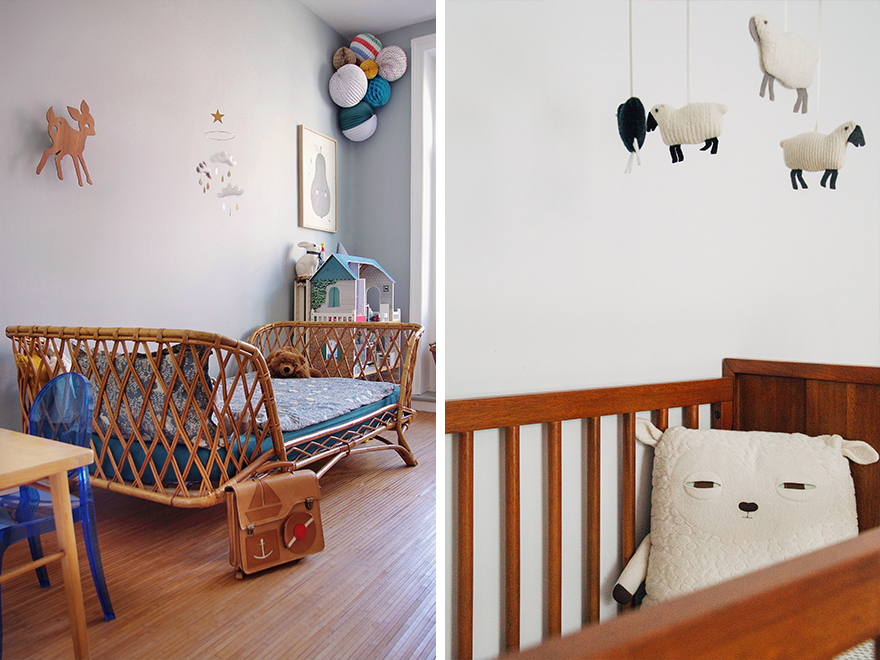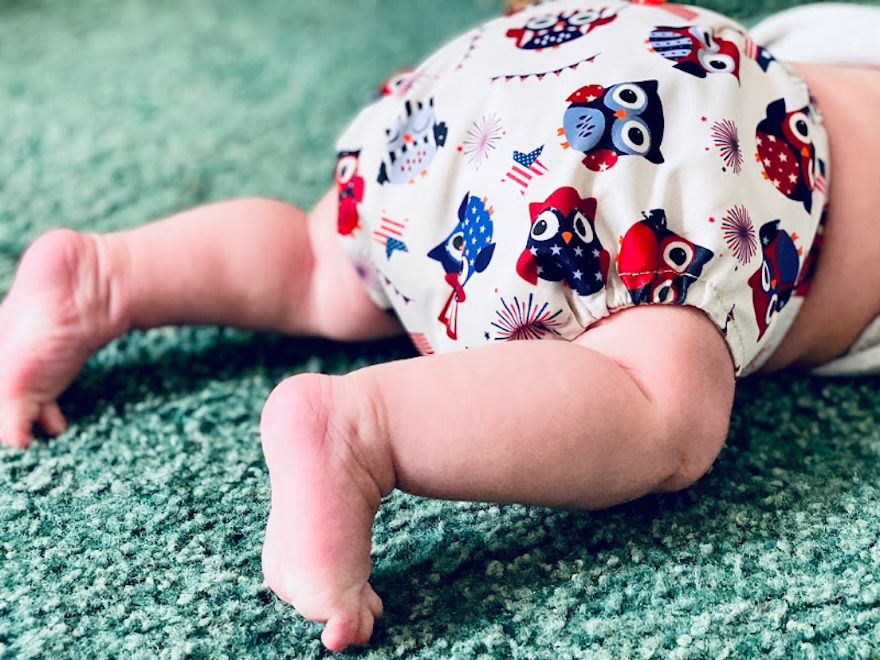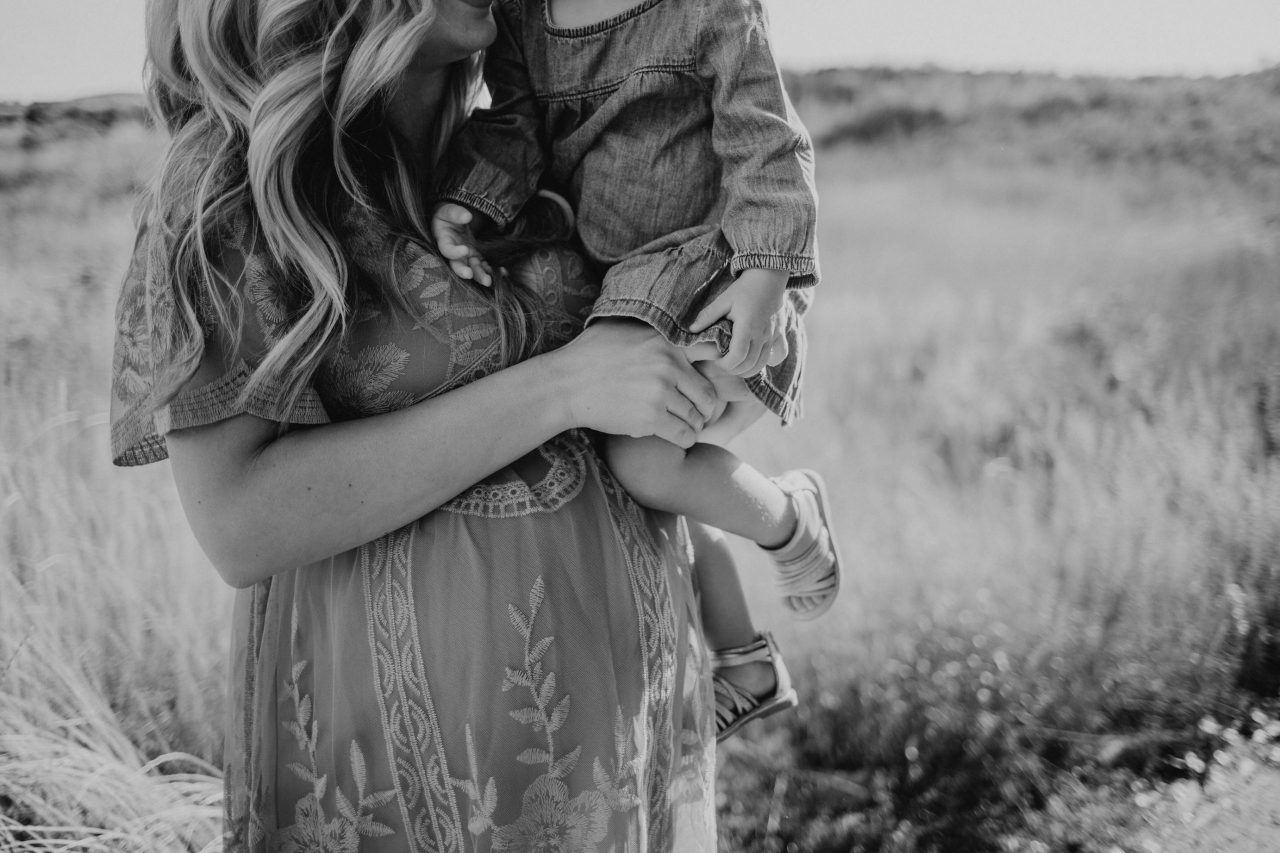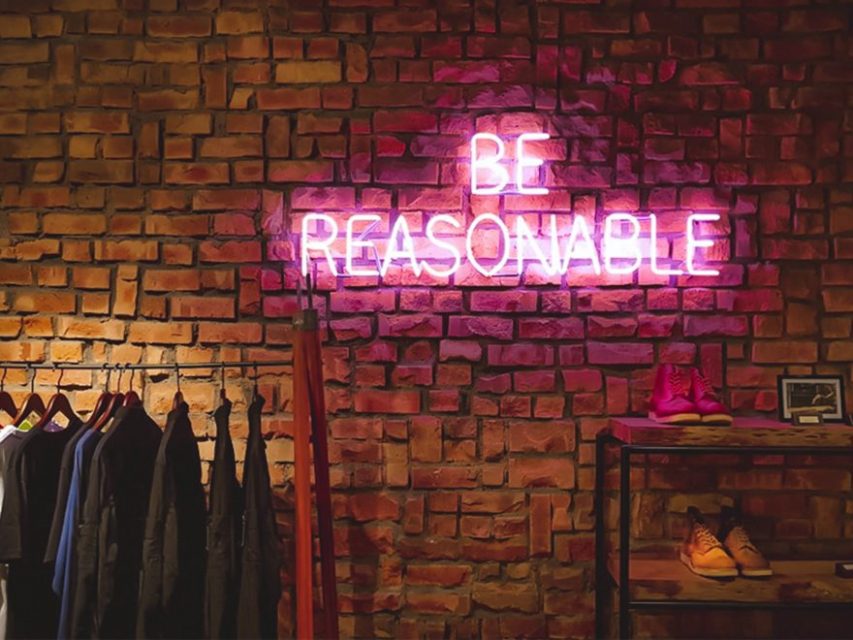Low waste life and a baby
When I was about 7months pregnant I attended a Zero Waste conference with Bea Johnson as the key speaker (the pioneer of the Zero waste movement). Her lecture was electrifying and she wouldn’t mind answering even the most intimate questions about her family’s zero waste life.
So, right there I bought my first set of reusable veggie bags and brought them home victoriously like I just won the whole climate change fight. I told my husband, that from now on, this is the only way we are going to shop for veggies and fruits. He raised his eyebrow, afraid we would have hard times at the cashiers in our local grocery stores. To the surprise of both of us, none of our favorite shops could care less and so our journey to be less wasteful has begun.
So I started to think about how we can keep as much trash as possible (mostly plastic) out of our lives. I knew from the beginning, that I will not be able to go full zero waste, but my goal was to go as low waste as possible.
The main takeaway for me?
Learn to say “yes” to used and given things and “no” to single-use. Think timeless over trendy, and believe me when I say, “less is more”.
Here is my quick list, followed by a more detailed and quite a long post:)
-
Make a list of everything you think you need and go over it multiple times until you figure out what you really (don’t) need
-
Don’t be ashamed to receive kids stuff from friends and family (yes, you can select which ones you want)
-
Shop long-lasting foods and essentials at zero waste/packaging-free shops
-
See what you can rent, or borrow from friends
-
Do cloth diapers if you can, or use eco-friendly alternatives. Same goes for the wipes
-
When buying new stuff think timeless pieces that can grow with your kid or you (such as maternity clothing)
-
Wherever possible choose reusable over single-use, such as food containers, silicone bags instead of plastic zip locks, or even rechargeable batteries for all the toys and gadgets.
- but…
-
Don’t trash all single-use items in your household just yet, but try to reuse them in different ways until they are done-done (you can still reuse the plastic bag for another grocery run, no need to buy new cloth one just yet)
- And above all, don’t trash items you haven’t use or you don’t like anymore. Sell them, donate them, or pass them on to someone who will use them.
And now we will dive into it deeper…
Food and cosmetics:
We buy all we can at zero waste stores (essential, longlasting foods for the household as well as different types of porridge, grains, cookies for kids). We also buy 90% of cosmetics and cleaning products at zero waste or refill shops. You will find a list of such shops nearby you on our page very soon.
When you switch to solid foods, you can use reusable silicone pouches to store cooked meals or fruit smoothies. We replaced classic freezer zip lock bags with silicone (they are dishwasher safe) ones for raw meats and even soups and use the plastic ones over and over again for snacks, or for shi.
If you are thinking about a special steamer/food processor only for the kid’s food, try to see if you can upgrade your household with an all-in-one food processor that can be used for other cooking. We have one that steams, knead, mix, and cooks and we use it now at least twice a week for our meals.
For non-food related stuff:
1. Make a list of all the necessary items you will need. It might look like this:
- baby bed or crib
- nursery/kids room furniture and storage
- diapers
- baby clothes
- cosmetics and ointments
- toys
- maternity’clothes for pregnancy and breastfeeding
- gadgets like breastfeeding pump, baby monitors, thermometers, humidifiers, etc
- car seats, stroller, carrier, traveling bed, etc..
2. Now revisit the list again and see what you can buy used, which single-use items you can replace with reusable ones, and above all, see what you can live without.
I highly recommend asking friends with the same values as yours, and those with plenty of experience in raising kids, what they think you really need. You may find out you don’t need or even fit changing table into the nursery room and that it might be safer to simply change diapers at a mat on the floor. Or you don’t need three different strollers, where there might be a 3in1 option.
Baby Furniture

Buy used what you can.
Refurbish, and reuse what you have on hand.
Look for furniture that can grow with your baby or is multi-functioning.
You might not have the “Instagram look” nursery room with patterned tapestry and tiny dresser chest, but think how long you will use such small furniture before you need to redo the room again.
Think function first, latest trends second:). Buy furniture that can change its function or can be adjusted to your growing child. I recently discover wonderful small cork furniture made by local brand Korkii and wonderful crib-to-table furniture from Villo Design. Some things we did:
– We bought used STOKKE crib that can be extended to a junior bed and only purchased a new mattress and linens. Because we have two dogs at home, we gave them the used comfy mattress. They love it and we could say no to the new dog bed 🙂
– We gave an old closet a complete cleanup and nice new leather handles from IKEA, which we use elsewhere in our home, for some more Hygge feeling:).
Diapering
Do cloth diapers if you can, or choose eco-friendly alternatives to single-use for diapers and wipes.

I remember my former boss rolling her eyes as I mentioned we want to do cloth diapers, saying she thinks I am getting over the board with my “eco choices” and that it is just too much! And yes, it might seem a bit messy and might require more time than a simple dump of single-use into the bin, but both I and my husband were on the board since the day we brought our son home from the hospital. The benefits of cloth diapers are more than just keeping petroleum-based single-use diapers out of landfills, they saved us money on baby ointments, as our son never had a diaper rash or other skin reactions.
I can write 5-pages long blog on the different nappies alone, but maybe at a different time. I am sure there is at least one local brand that makes amazing cloth diapers with cute designs so you can support local business as well as lower the carbon footprint from long haul shipping. Some of the brands like Tot Bots are even using recycled PUL material for the upper diaper pants.
Here are a few brands you can check out: Petit Lulu, XKKO, Bambi Roxy, Tot Bots. Or, you can sew your own from old fabric! Depending on where you live, you might also have an option to sign up for cloth diapering service which takes the cleaning out of your hands.
Ok, so you are not into cloth diapers, but you still want the better choice for single-use diapers? There are many eco-friendly products made of biodegradable materials, and even though they are not fully biodegradable it takes them only up to 20 years to break down, compare to 200 years. Chances are, there is a local brand (Kolorky in our part of the world) that is available even at your convenience store.
– We still need to use single but eco-friendly diapers when we travel, visiting doctors, and when our son is at the daycare, but we usually need no more than one pack of 30 diapers per month.
– Wherever possible, we are staying away from single-use wipes by simply washing our kid with soap and water. We carry a reusable waterproof bag to carry any wet cloths.
– The cloth diapers we no longer need are upcycled as kitchen towels or instead of paper handkerchiefs.
Baby clothes

Don’t be ashamed to receive used clothes from relatives and friends. Trust me, the baby is careless in what he/she will poop or vomit 🙂 When looking for new clothes, search for those made of quality materials such as 100% cotton (look for GOTS and OEKO-TEX labels), Merino wool, or wool, or clothes made of bamboo fiber. These will last you longer, can be worn all year round, and are also gentler to baby’s skin. Some brands, such as Woolies are offering pieces that can grow with your kid, which is simply amazing. Some tips, that worked for us:
– If you are planning on having more kids, buy gender-neutral clothes.
– For the onesies use bottom extensions which help you to use one size for the span of 2-3 sizes. Especially if you choose to do cloth diapers, which require one size bigger apparel usually.
– Shop for every other size in general, so the new clothes might be a bit big at first, but your kid will grow up into them quicker than you think.
– Skip the smallest size, so you don’t end up with full sets of newborn size when your baby will be let’s say 53 at birth. Of course, you might have some “just in case” pieces if you happen to have premmie, but just don’t go overboard with them:)
Gadgets and toys
Try it, before you buy it and if you can, rent it. There are marketplaces for used items on Facebook everywhere in the world now.
When buying new, look for lasting and eco-friendly materials such as wood, cork, natural rubber, or recycled plastic. Check out DIY ways to make toys from what you have on hand as well.
When it comes down to a tech, you might be able to rent some equipment such as monitors, breastfeeding pumps, sterilizers, etc from a local pharmacy or baby stores/services.
– We have rented the breathing monitor from a pharmacy for 6months, ending up never using it, but the renting fee was just a fraction of the purchasing price.
– If you have anyone who has a gadget you want and doesn’t use it at the time, ask them to borrow it and see if it works for you and your baby. Chances are: the baby will love it, or hate it. And so does you.
– There might be some toy renting programs in your area, where you join for a fee and use different age-appropriate toys for a few months. See if you have around you. You can get your home infested by baby toys very, very quickly trust me!
– Of course, you will receive gifts from grandparents and friends, but you can give them tips so you don’t end up with duplicates or unwanted gifts.
– We asked our friends with kids to hand us their used toys instead of buying new ones. They were happy to get rid of some and free some space in their homes.
– We are using only rechargeable batteries for all the gadgets and entertaining toys we now own. Trust me, when I say, the kids need a lot of batteries:)
– Here and there I make some “Montessori” toys or activities with things we have at home, you can find all kinds of DIY videos and manuals on the internet…(plastic bin from IKEA can go a long way, not just for storage but playing with water, rice, driving a plastic car… you get the idea.
Clothes and accessories for mamma

Ask yourself before buying: Will I wear this after been pregnant or when I stop breastfeeding?
Look for multi-functioning clothes that can be worn before and after. Examples can be jackets and cardigans with inserts that can cover your belly as well your baby when using a baby carrier and then worn without the insert once you have your body back 🙂 The same goes for pregnancy tops and dresses. Buy those you can wear after being pregnant and stay away from pregnancy graphics T-shirts. And btw, your husband’s old v-neck T-shirt can make a great breastfeeding gown:) You can find great apparel from our local favorite Be Lenka.
At the closing.
We are far from being zero waste household with a baby, but with some smart choices and some reality checks (like you don’t need a special baby food processor if you have a does-it-all kitchen robot) on what we really need, we lowered our waste and are now ready for the next step such as composting 🙂
What is the main takeaway? Learn to say “yes” to used and given things and “no” to single-use. Think timeless over trendy, and believe me when I say, “less is more”.





